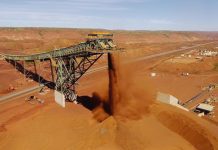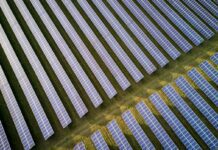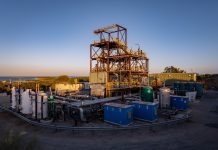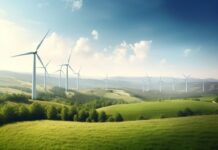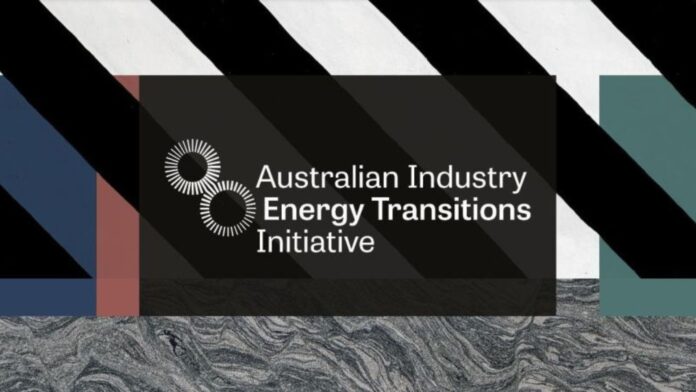
In a series of new reports, a group of Australia’s emissions-intensive businesses and associated players identify a potential route to decarbonise heavy industry.
The Pathways to Industrial decarbonisation Phase 3 reports, published by the Australian Industry Energy Transitions Initiative (Australian Industry ETI), outline decarbonisation strategies for five high-emissions supply chains; iron and steel, aluminium, other metals, chemicals, and liquified natural gas (LNG).
According to the Australian Renewable Energy Agency (ARENA), the industries, altogether, account for an estimated 25% of Australia’s greenhouse gas emissions while also accounting for over 17.3% of Australia’s GDP and employing an estimated 414,000 people.
Climateworks Centre and Climate-KIC Australia convened the Australian Industry ETI, which is formed of 18 of Australia’s major enterprises and is supported by the Energy Transitions Commission (ETC). Australian Industry ETI partners collectively account for more than 30% of the ASX100 market capitalisation.
ARENA has supported the Australian Industry ETI since its creation, donating $300,000 for its establishment and another $2 million for Phases 2 and 3.
With the help of businesses and research partners CSIRO, BloombergNEF, ETC, and RMI, the main report discovered that existing and upcoming technologies could reduce emissions from these supply chains in line with a 1.5° warming scenario if strong, effective, and coordinated action is taken across all sectors of Australia’s economy.
ARENA said this is backed by the technical and jobs reports, which augment the main report with in-depth modelling and analysis.
According to the research, renewable hydrogen will be an essential instrument for reducing emissions in heavy industries and in electrification, energy efficiency, and biofuels, which aligns with ARENA’s strategic goal. Another critical factor in lowering emissions from the aluminium supply chain is mechanical vapour recompression.
The research discovered that crucial decarbonisation technologies, such as large-scale hydrogen generation and load balancing, might potentially contribute to lower power system costs and decrease industrial emissions.
This shift will require a considerable increase in renewable generation and storage entering the grid. This involves doubling Australia’s existing power generation capacity, which will be produced by 80 GW of wind and 90 GW of large-scale solar.
ARENA CEO Darren Miller stated that the reports provide vital insights into the approach to lowering industrial emission
“We know we face a significant challenge in reducing emissions from heavy industrial processes, and through this collaboration and vital work, the Australian ETI is showing what is needed to address this imperative and work towards the common goal of zero net emissions,” Miller said.
Miller added that it is known that decreasing emissions from heavy industrial operations is a substantial issue, and the Australian Industry ETI is demonstrating what is required to address the necessity and work towards the common goal of net zero emissions.
“Close industry collaboration is essential in these hard-to-abate sectors, and the Australian Industry ETI provides a blueprint for how this can be done. It’s a testament to what can happen when business, finance, government and the not-for-profit sector come together to tackle this critical problem,” Miller stated.
Australian Gas Infrastructure Group, APA Group, Aurecon, AustralianSuper, BHP, BlueScope Steel, bp Australia, Cbus, the Clean Energy Finance Corporation, Fortescue Metals Group, HSBC, Orica, National Australia Bank, Rio Tinto, Schneider Electric, Wesfarmers Chemicals, Energy & Fertilisers, Westpac, and Woodside Energy are among the business program participants in the Australian Industry ETI, which Aigroup and AIGN support.



